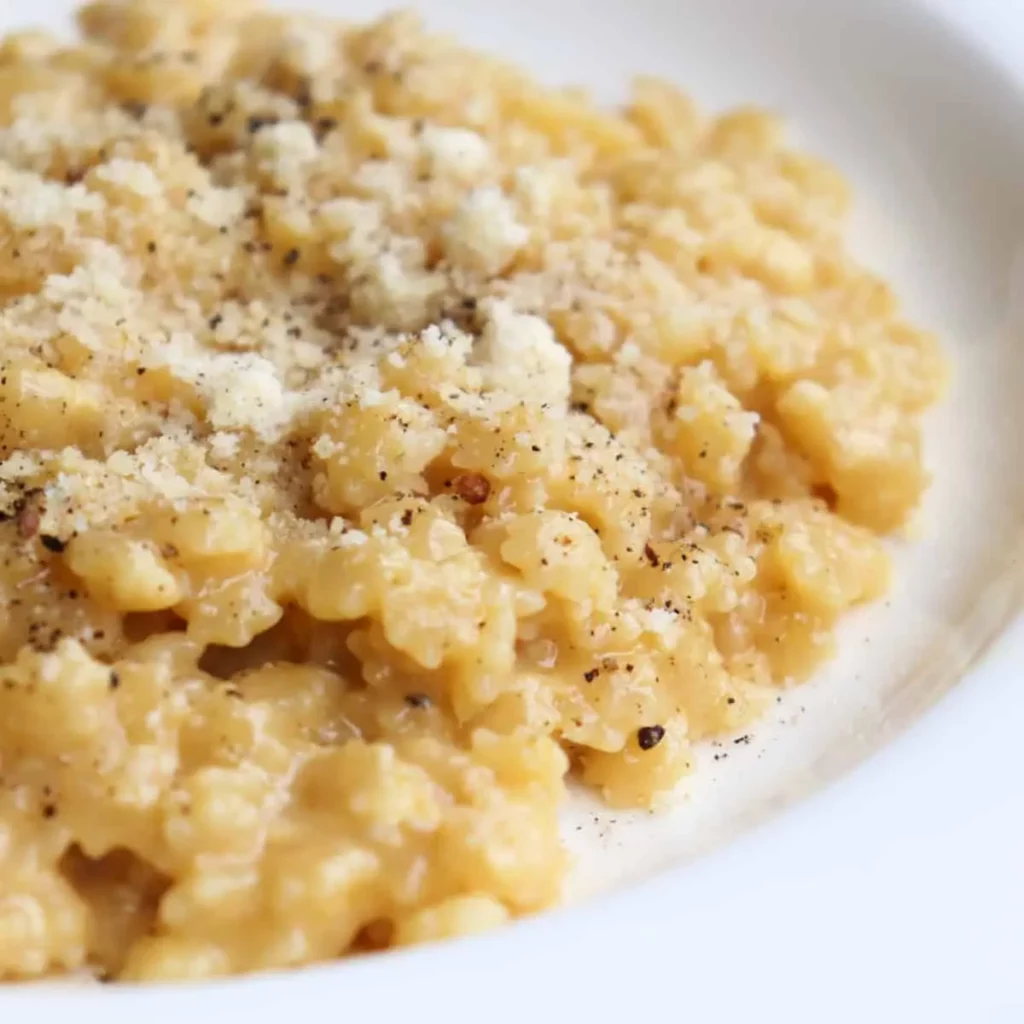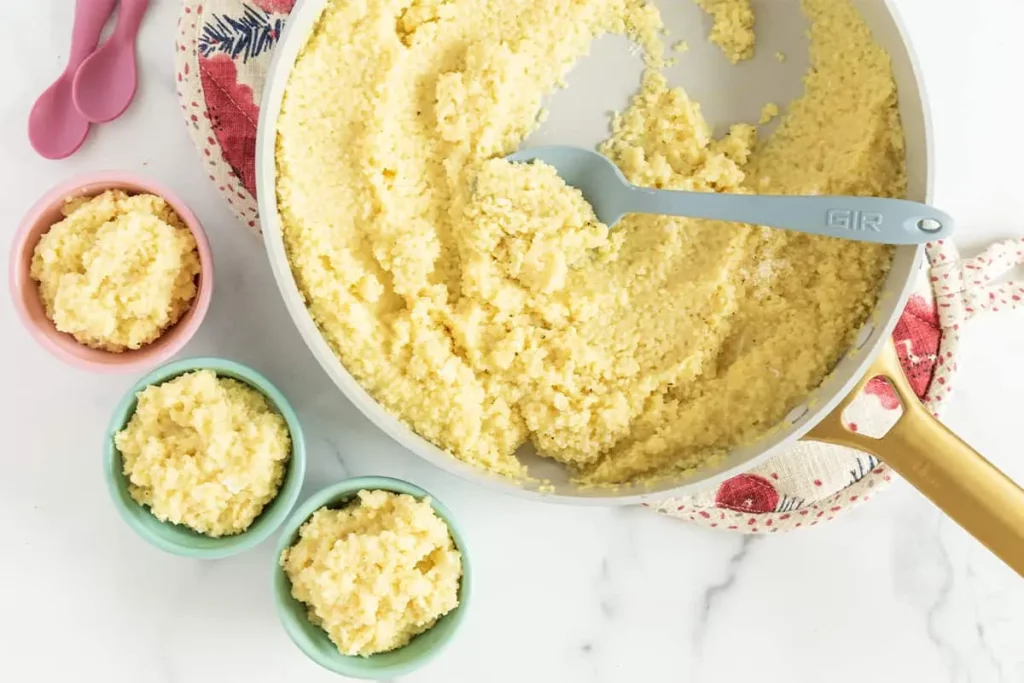Discover the ultimate Pastina recipe mastery with our comprehensive guide. Learn the history, explore popular varieties, and uncover expert tips for cooking a mouthwatering Pastina recipe. From a basic Pastina recipe to delightful variations, this guide will elevate your culinary skills and help you become a Pastina recipe master.
Table of Contents
ToggleIntroduction
Pastina, a beloved comfort food, has been a staple in Italian cuisine for centuries. This small pasta variety is perfect for satisfying cravings, comforting the soul, and bringing families together around the dinner table. In this article, we will explore the origins of pastina, its various types, a basic recipe, cooking tips, delicious variations, health benefits, serving suggestions, and more. Get ready to delve into the world of pastina and discover why it has become a timeless favorite.
What is Pastina?
Pastina, which means “little pasta” in Italian, refers to a category of tiny pasta shapes. These diminutive pasta pieces are often made from durum wheat semolina and can come in various forms, including stars, alphabets, orzo, and more. The small size and delicate texture make pastina versatile for both soups and simple pasta dishes.
The History of Pastina
The origins of pastina can be traced back to ancient times when Roman soldiers consumed small grains called “cereale” as part of their rations. Over time, the grains were transformed into tiny pasta shapes, giving birth to what we now know as pastina. Its popularity grew, and it became a cherished dish among Italian families, especially for children and those seeking a quick, comforting meal.
Popular Varieties of Pastina
Pastina comes in a wide range of shapes and sizes, allowing for endless culinary creativity. Some of the popular varieties include:
- Stelline: Tiny star-shaped pasta.
- Alphabets: Small pasta pieces in the shape of alphabet letters.
- Orzo: Rice-shaped pasta that resembles large grains of rice.
- Acini di pepe: Small, bead-like pasta often used in soups.
- Fideos: Thin, short strands of pasta commonly used in Mediterranean cuisine.
These are just a few examples of the delightful assortment of pastina options available.
Ingredients for a Basic Pastina Recipe
To prepare a basic pastina dish, you will need the following ingredients:
- 1 cup pastina of your choice
- 4 cups chicken or vegetable broth
- 1 tablespoon olive oil
- Salt and pepper to taste
- Grated Parmesan cheese (optional)
Step-by-Step Guide to Making Pastina
- In a medium-sized saucepan, bring the broth to a boil over medium heat.
- Add the pastina to the boiling broth and cook according to the package instructions or until al dente.
- Stir occasionally to prevent the pastina from sticking to the pan.
- Once cooked, remove the saucepan from heat and let it sit for a minute.
- Drizzle olive oil over the cooked pastina and season with salt and pepper to taste.
- Optionally, sprinkle grated Parmesan cheese over the top for added flavor.
- Stir well and serve hot.
Tips for Cooking Perfect Pastina
- Use a ratio of 4 cups of broth for every 1 cup of pastina to ensure the pasta absorbs the flavors.
- Stir occasionally while cooking to prevent clumping and ensure even cooking.
- Taste the pastina before removing it from heat to ensure it is cooked to your desired tenderness.
- Customize the dish by adding cooked vegetables, herbs, or a touch of butter for extra richness.
Delicious Variations of Pastina
While the basic pastina recipe is delightful on its own, there are countless variations to explore:
- Creamy Parmesan Pastina: Add grated Parmesan cheese, butter, and a splash of cream to create a rich and indulgent version.
- Tomato and Basil Pastina: Stir in a spoonful of tomato sauce, fresh basil, and a sprinkle of grated mozzarella for a burst of Italian flavors.
- Pastina Soup with Vegetables: Enhance the nutritional value by adding diced vegetables such as carrots, peas, and corn to the broth while cooking the pastina.
- Pastina with Pesto: Toss the cooked pastina with your favorite pesto sauce and garnish with pine nuts for a vibrant and aromatic dish.
Feel free to experiment with ingredients and flavors to create your own unique pastina creations.
Health Benefits of Pastina
Pastina not only provides comfort and satisfaction but also offers several health benefits. Here are a few:
- Provides Energy: As a carbohydrate-rich food, pastina provides a quick source of energy.
- Easy to Digest: The small size and delicate texture of pastina make it easy on the digestive system, making it suitable for all age groups.
- Versatile and Nutritious: Pastina can be combined with various ingredients, including vegetables, proteins, and healthy fats, making it a versatile and well-rounded meal option.
- Promotes Satiety: Despite its small size, pastina can help keep you feeling full and satisfied due to its carbohydrate content.
Serving and Pairing Suggestions
Pastina can be enjoyed in different ways:
- Serve it as a standalone dish with a sprinkle of Parmesan cheese.
- Include it as a component in soups or stews for added texture and flavor.
- Use pastina as a side dish alongside roasted meats or grilled vegetables.
- Enjoy pastina as a comforting breakfast option by combining it with milk, honey, and a touch of cinnamon.
Pair pastina with a glass of light white wine or a refreshing iced tea to complement its flavors.
Frequently Asked Questions
- Can I freeze cooked pastina? Yes, you can freeze cooked pastina. Ensure it is completely cooled before transferring it to airtight containers or freezer bags. Thaw and reheat when ready to use.
- Can I use water instead of broth? While broth adds flavor to the dish, you can use water as a substitute. Consider adding additional seasonings to enhance the taste.
- Can I make pastina gluten-free? Yes, there are gluten-free pastina options available in the market made from alternative grains like rice, quinoa, or corn.
- How can I prevent pastina from becoming mushy? Be cautious not to overcook pastina, as it can become mushy. Follow the cooking instructions on the package and check for doneness regularly.
- Can I use pastina in salads? Pastina’s small size and delicate texture make it a suitable addition to salads, providing a unique and enjoyable bite.
- If you have any questions or need assistance, please feel free to reach out to our knowledgeable team. You can contact us through the provided contact form on our website. We are here to help!
Conclusion
Pastina brings warmth, comfort, and joy to our plates. Whether you prefer a simple bowl of broth with tiny stars or an indulgent creamy Parmesan variation, pastina offers endless possibilities. Explore its various shapes, experiment with flavors, and create your own delightful pastina recipes. Give in to the simplicity and versatility of this beloved pasta and experience the heartwarming joy it brings to your culinary adventures.


